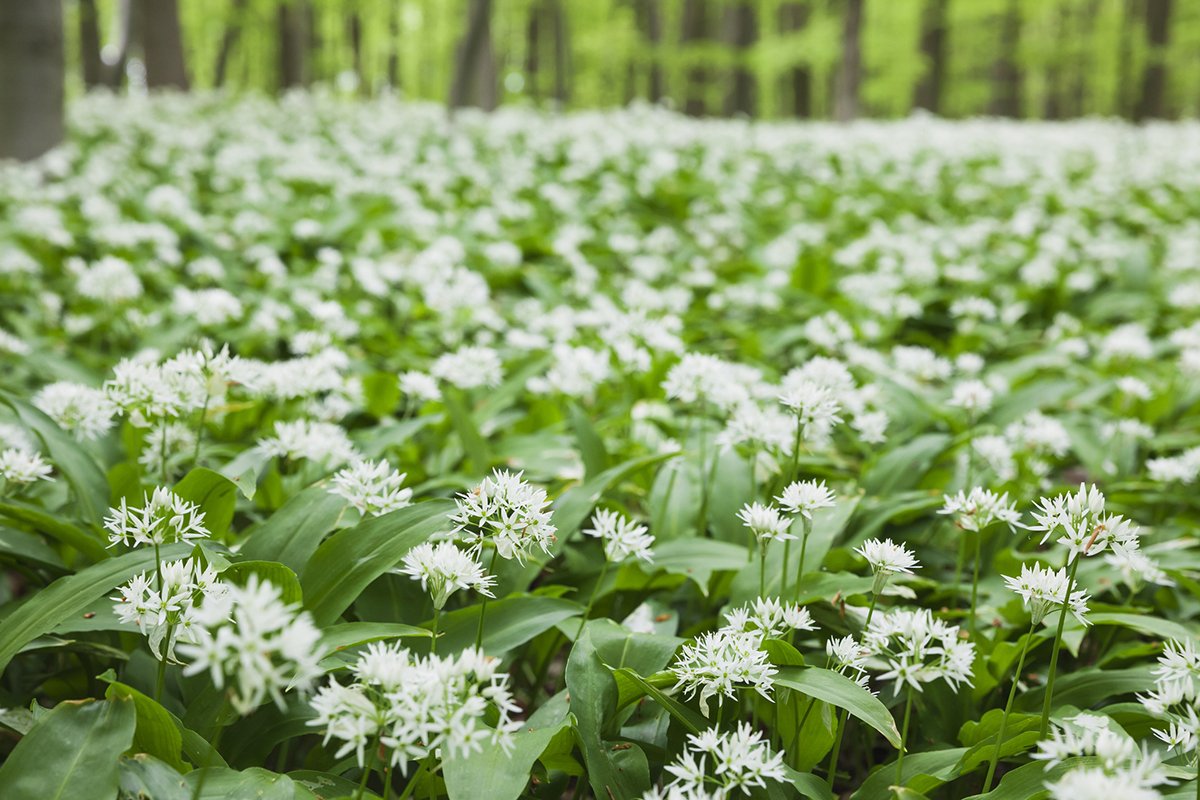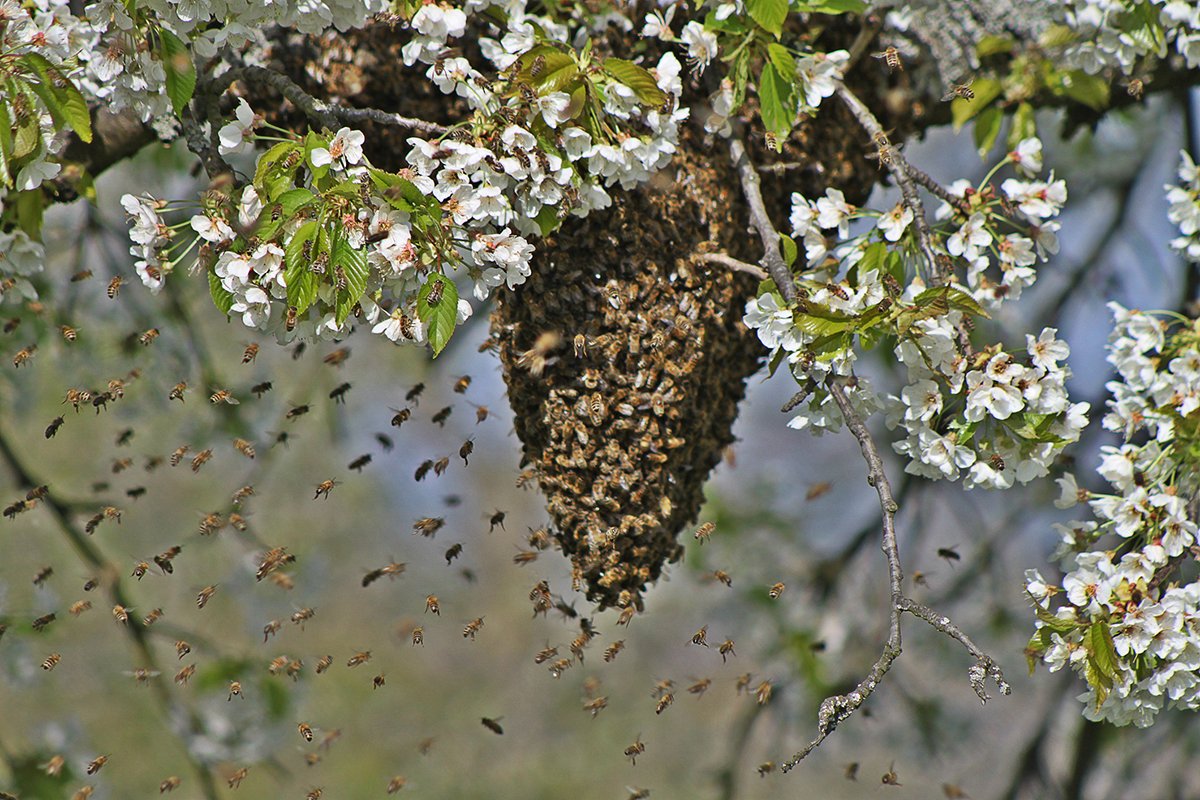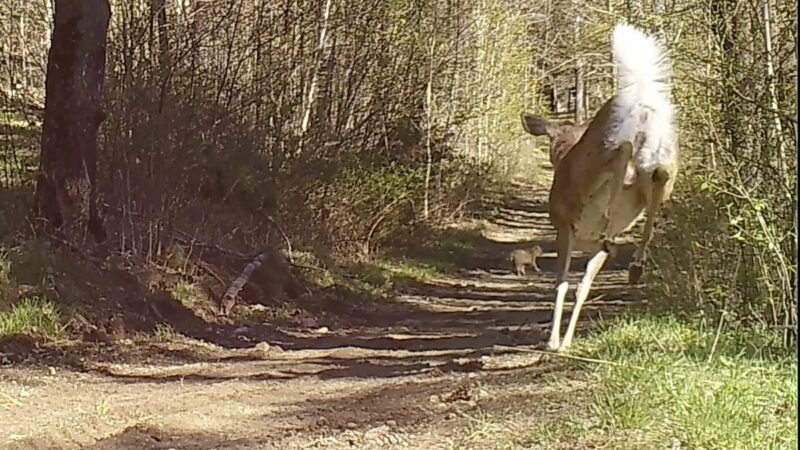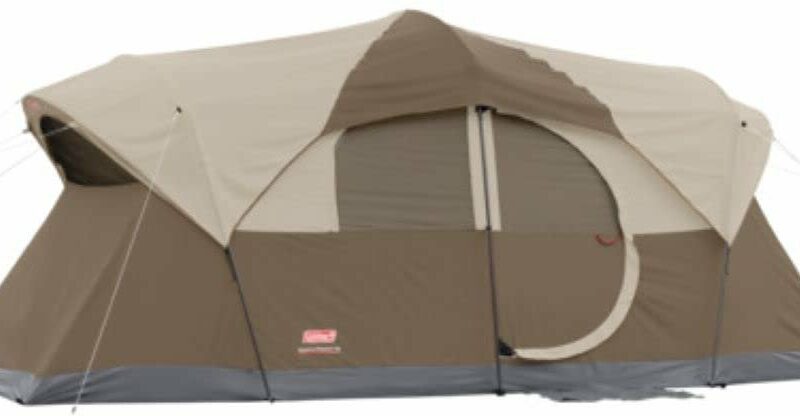How Bear Grylls Uses Natural Antiseptics In The Wild
Every time adventurer and survivalist Bear Grylls heads out into the wilderness, no matter what the terrain he is going into, he carries a survival backpack, and a first aid kit is one of the essential items in it.
However, Bear does not just rely on medical equipment, as he knows that there are also some fantastic natural antiseptics that he can use to survive in the wild if he is stuck and needs a last resort.
Sphagnum Moss
The springy-green sphagnum moss has amazing water retention properties – it can hold up to 26 times as much water as its weight. The moss has a natural source of iodine and as well as for cleaning, it can also be used as a dressing for a wound, a rash, or another injury.
The moss was used to dress wounds during WW1, and Bear has often used it in the wild.
“I used this in the Alps after cutting myself with my knife whilst making snow shoes,” says Bear in his book Born Survivor. “It worked perfectly: cleaning and stemming the wound.”
Wild Garlic

As well as being a tasty food, wild garlic also has medicinal properties and it was commonly used as a healing herb in ancient times as a remedy for all sorts of ailments but especially as an antiseptic.
A common way to use it as an antiseptic is to rub it on a wound. Bear says the best way to use it is to boil it and then use the water for the wound.
Salt Water
Bear advises that cleaning a wound with salt water can protect it and help to kill bacteria if you have no other option.
Using salt water has long been a home remedy to gargle with salt water to ease a sore throat, and even today, it is often recommended as a remedy for tooth pain.
Bee Honey

Honey has been known to have powerful antiseptic properties since ancient times. As well as this, it can also help form a barrier over a wound, and keeps a wound moist, which also helps it to heal.
Bear likes to use honey either as it is, or to dissolve it in water, to take advantage of its powerful antiseptic properties.
Maggots
Finally, while most of us try to interact with maggots as little as possible, Bear has been known to ‘meet’ a few while out in the wild and rely on them as a food source when stuck.
The critters can also come in handy in a survival medical situation.
“Never mock a maggot!” says Bear in Born Survivor. “As well as being a useful source of protein, the humble maggot also has some useful medicinal properties in a tight corner.”
If an open wound is becoming infected and deteriorating, using maggots to treat it might be an option as a last resort. How to do this is first, allow flies to crawl on the wound and lay their eggs. When the maggots appear, cover the wound. The maggots will ingest the dead tissue and pus.
“When fresh blood starts to appear, you know they have gone far enough and are starting on the healthy tissue,” says Bear. “Flush the maggots away and check regularly to make sure they are all gone.”
While this all sounds very difficult, in his book True Grit, Bear tells the story of how WWII prisoner Alistair Urquhart had to use maggots to survive dangerous, infected ulcers on his legs while in his cell. He also tells the story of how Juliane Koepcke, who fell two miles from a plane crash in the sky into a jungle, where she was lost for ten days, also experienced how maggot kept her wounds clean.
“Like I’ve said before, survival is rarely pretty,” says Bear.
Source: https://outdoors.com/how-bear-grylls-uses-natural-antiseptics/







